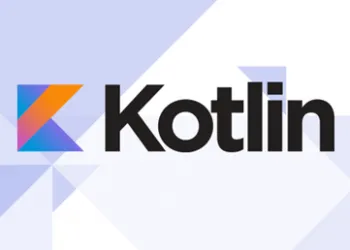On-demand apps have been playing an important role during the tough fight against COVID-19. The worldwide lockdown to promote the initiative of social distancing for the safety of the people, laws have been imposed to keep the movement of traffic on roads at bay.
Most of the businesses have come to a complete halt with the only supply of essentials allowed.
However, food delivery is yet another business that is allowed to run but with limited operations. The chefs are back in their kitchen to cook something as delicious that can soothe your craving taste buds.
This article covers how investing in an on-demand food ordering app can flourish your business and leave a strong impact on the customers, even at the time of lockdown. Also, how using the readymade food delivery script can provide quick solutions for your app requirement.
Restaurants During COVID-19
Though the restaurants have opened and are providing dine-in facilities with limited customers and contact-less home delivery options, the experts suggest for the employees to take appropriate precautionary measures to prevent any risk of infection.
Frequent use of checking body temperature hand sanitizer, gloves, and cleaning surfaces that come in contact is suggested. Also, the delivery services have incorporated some change in its pattern like contactless delivery. The exchange of paper currency is also avoided, and digital transactions are promoted.
In case if the best practices are not followed, the authorities might take strict action against the restaurant that might lead to a shutdown and face consequences.
Maintain Hygiene For Increased Sales
Due to the pandemic of COVID-19, customers are getting selective in ordering food from local restaurants. Restaurants following proper safety protocols are preferred by the customers. Follow the below listed best practices to maintain the reliability and attract maximum foodies to opt for your on-demand food delivery service.
Do you need restaurant reservation software for your business
Sanitizing high-risk items
There are certain objects at the restaurant that come in frequent contact and hence possess a greater risk of contamination. Ensuring surfaces like table, chair, door handle, menu cards, and bill folder etc. are sanitized with chemicals after every human contact will keep the risk of contamination at a bare minimum.
Regular temperature check
Using temperature checking devices should be used regularly. The temperature of every customer entering the restaurant should be checked. Also, checking the temperature of the restaurant’s staff daily should be compulsorily practiced.
No-contact delivery
Limiting riders and customers physical interaction by providing the option for no-contact delivery should be promoted. Dropping the parcel at the customer’s doorstep and informing them about the same is a practice that is openly followed for on-demand food delivery.
Online payment options
The exchange of paper currency involves indirect human contact. It is impossible to identify whether the money exchanged for the food is contaminated or not. It is advised for you to offer multiple payment options such as credit/debit card and payment gateways.
Now when you know the precautions to take while running your food delivery business, let us have a look at the food delivery business models.
Business Models
Before investing in the food delivery app development, it will be beneficial to know about the types of business models that can be selected for your app development process. Keep scrolling to know about the 3 popular business models that are in high demand by the restaurants and start-ups.
Order only model
Order only model works as a mediator between the customer and the restaurant. It aims to gather as many orders as possible and notify the restaurant operators about the same.
However, there exist advanced business models that the restaurant operators are adopting these days.
Integrated model
This type of business model covers each and every phase that is related to the entire chain from food ordering to preparation and delivery. It is best advised for the restaurants willing to deploy their own delivery services to the customers.
Aggregation model
It only deals with the delivery of the parcel to the customer. The aggregation model lists the restaurants; however, the restaurant is not responsible for the delivery of parcels to the customers. In the aggregation model, the app owner is in charge of receiving orders, forwarding it to the restaurant and then responsible for the delivery.
This type of business model is high in demand and has contributed in providing business opportunities like never before.
Benefits of Clone scripts
Developing an app similar to swiggy has now become easy with the help of food delivery app clone. These readymade solutions not only save time but are also cost-efficient alternatives for food delivery app development.
You can select from a wide range of clone scripts such as Swiggy Clone, Zomato Clone and Ubereats Clone etc.
Final words
The way we used to see the restaurant business is a thing of the past. In the fight against coronavirus, the restaurant owners have adopted an advanced and secure method to maintain their business.
Food delivery app development will help you extend your restaurant services and deliver hot and sizzling food items at customers doorstep.
















